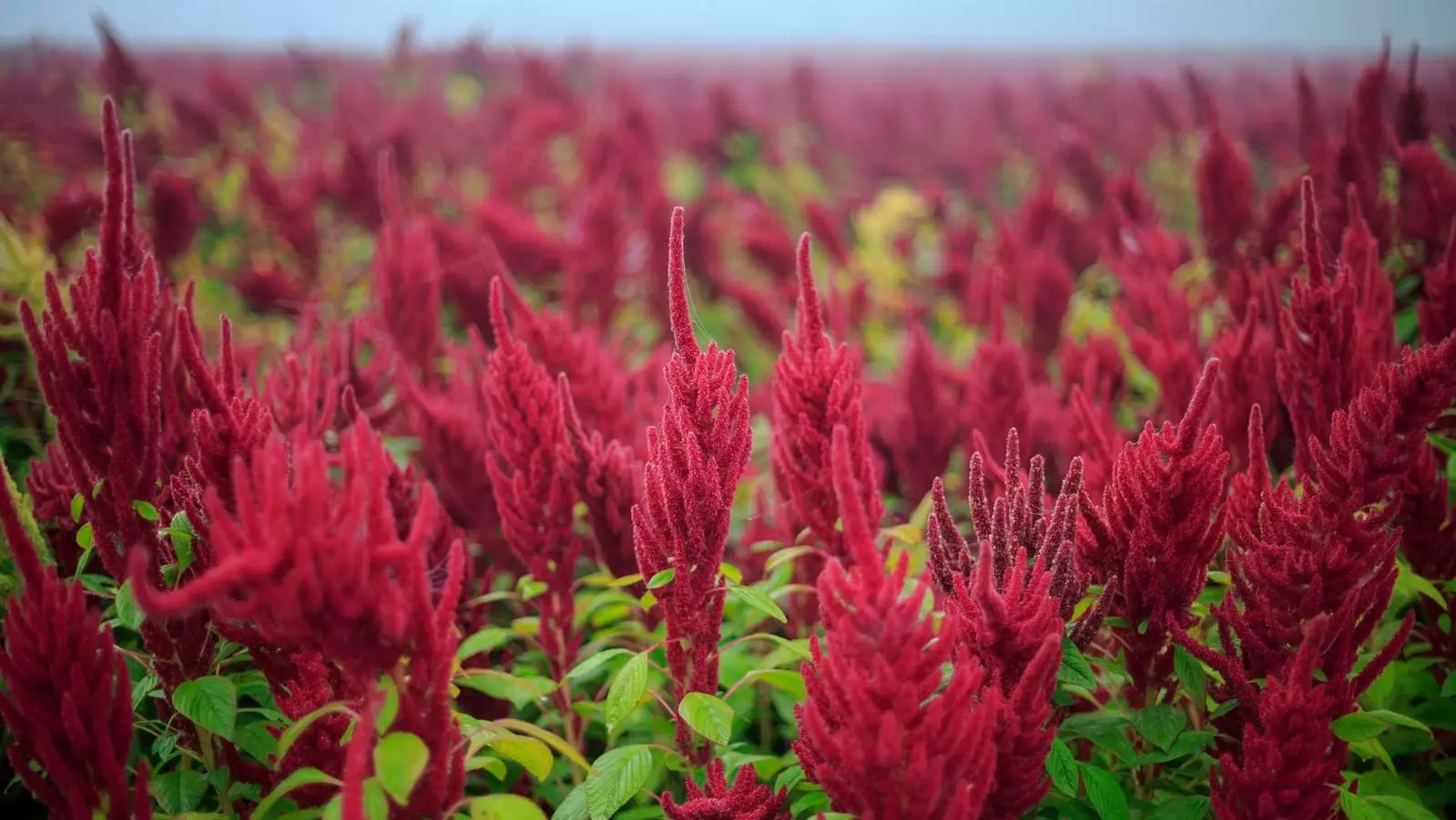In a world teeming with a variety of edible plant species, it’s paradoxical that the majority of our diets hinge on a meager selection of staple crops. Notably, rice, maize, and wheat converge to provide an astounding 60 percent of the caloric and protein needs sourced from plants, as reported by the United Nations Food and Agriculture Organization (FAO). This alarming trend underscores the perilous lack of diversity in our modern diets, where traditional knowledge of the myriad of edible plants is often overlooked. A concerning lapse in the adoption of agrobiodiversity is even more pronounced in the vegetable domain, where less than 10 percent of crop varieties stored in gene banks represent vegetable types. This situation is particularly dire for African crops, as highlighted by Maarten van Zonneveld, who leads the genetic resources division at the World Vegetable Center.
One cannot overstate the significance of agrobiodiversity in shaping food security and resilience in agriculture. The diversity within ecosystems and genetic variance among species plays a pivotal role in ensuring sustainable agricultural practices. This diversity is essential for creating robust food systems that can withstand environmental changes, lower agricultural carbon footprints, and fend off plant diseases while improving soil health. As van Zonneveld poignantly states, there is an urgent necessity to safeguard African vegetable biodiversity to combat malnutrition effectively. In light of this pressing need, the unveiling of the African Vegetable Biodiversity Rescue Plan at the Africa Food Systems Summit in Kigali, Rwanda, marks a critical step toward addressing these challenges.
The Rescue Plan represents a decade-long commitment, spanning from 2025 to 2035, to rejuvenate interest and allocate resources toward indigenous crops in Africa. This initiative is an integral element of the ambitious Vision for Adapted Crops and Soils (VACS) program, led by Dr. Cary Fowler. The overarching objective of the Rescue Plan is to reinvigorate what are often perceived as ‘forgotten’ crops, which are vital for cultivating climate-resilient, nutritious food systems across sub-Saharan Africa. Such crops have historically supported local communities, and their resurgence could play a pivotal role in fighting hunger and malnutrition.
The urgency for this initiative is amplified by the adverse effects of climate change, which severely threaten indigenous African vegetable varieties through extreme weather events such as droughts and floods, compounded by rapid urbanization. Gabriel Rugalema, the Associate Director General for Africa at the World Vegetable Center, emphasizes the potential of this rescue plan to engage diverse stakeholders in safeguarding critical vegetable species vital for future agricultural systems.
Recognizing and rediscovering these opportunity crops is paramount for building resilient food systems not just in Africa but globally. Many of these underutilized crops, such as fonio and millet, hold great promise in creating a more varied, climate-smart diet. By diversifying our personal food choices and embracing these alternative crops, we take an essential first step toward transforming our broader food systems. Emphasis on local vegetative diversity not only solidifies food security but also enhances nutritional profiles and employs sustainable agricultural practices.
The concept of food sovereignty also plays an imperative role in this discourse, as communities reclaim their right to produce and consume food that aligns with their cultural heritage. By investing time and resources in local crops, farmers can leverage the advantages of biodiversity to bolster both local economies and the health of their communities.
While it may seem overwhelming to tackle the prevalence of a narrow array of staple foods, the initiatives aimed at rescuing African vegetable biodiversity offer a glimmer of hope. They illustrate the potential that lies in embracing agricultural diversity. As we collectively work toward more sustainable and resilient food systems, awareness and advocacy for these underappreciated crops can help usher a brighter future—one where our diets reflect the wealth of nature’s bounty. By doing this, we do not merely preserve biodiversity; we enhance food security and honor the traditions and legacies that these crops represent.

